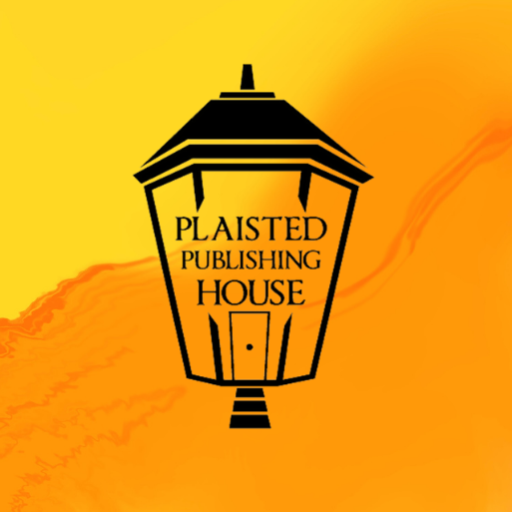Price Increases from Ingram Spark
Dear Publisher, Amidst significant uncertainty in the global supply chain, IngramSpark is committed to supporting the book industry with the best possible service through the busy holiday season and into 2022. Over the past several months, the publishing industry has seen several cost increases for consumables, such as paper and packaging materials, as well as…
Read more


Recent Comments